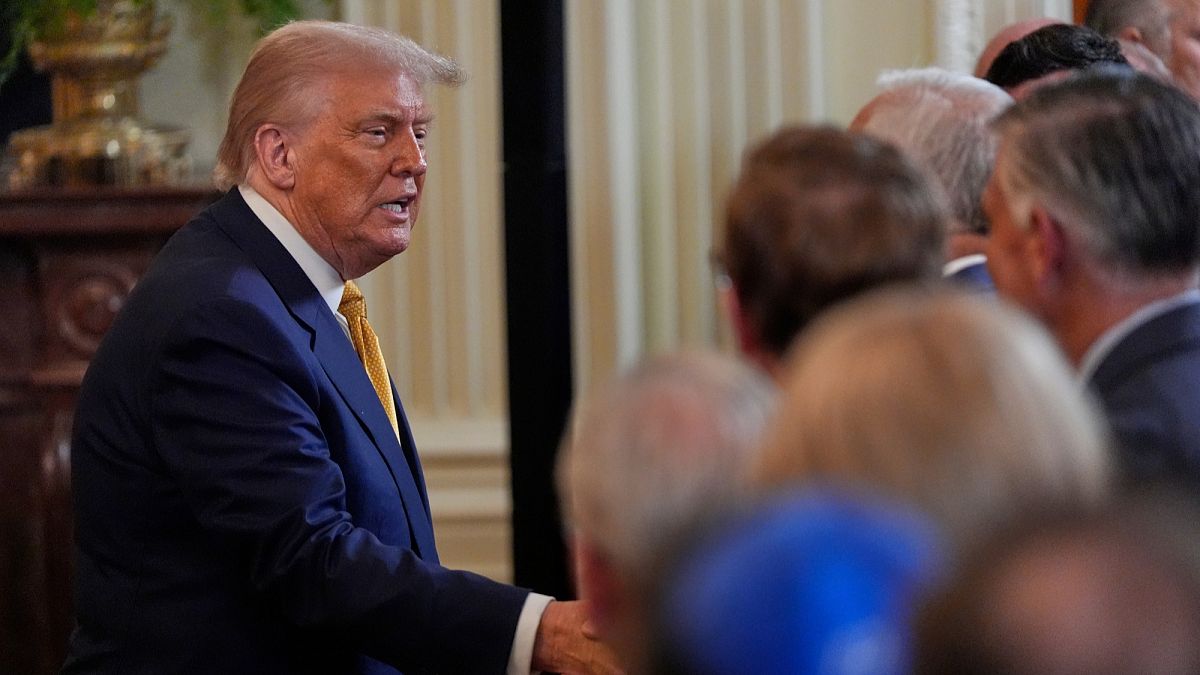

In recent days, international trade and infrastructure projects have taken significant strides forward, reflecting an evolving landscape of economic collaboration and development. Key announcements have come from the United States and China, indicating impactful shifts in trade dynamics and infrastructure investments across the globe.
The United States has reached a notable trade agreement with Japan, a deal poised to mitigate previous economic uncertainties and enhance trade relations between the two nations. Following intense negotiations, the agreement was finalized with U.S. President Donald Trump revealing the highlights, including a lowered threat of tariffs originally targeted at Japanese goods, now adjusted to 15%. This development aims to address the longstanding trade imbalance, with America previously recording a $69.4 billion deficit in goods with Japan last year.
Japanese Prime Minister Shigeru Ishiba also finds himself amidst political speculations revolving around these negotiations. The uncertainty had contributed to economic tremors within Japan, igniting discussions about the prime minister’s political future. However, the finalized deal now promises stability, with Japan committed to investing $550 billion into the United States, a move anticipated to strengthen economic ties between the steadfast allies.
In related news, the iconic global brand Coca-Cola has announced its pivot toward using cane sugar in its soda products in the United States. This shift follows President Trump’s advocacy for the use of more natural ingredients, reflecting broader trends towards healthier product offerings. Coca-Cola’s decision illustrates the influence of policy directions on private sector operations and highlights the potential for sophisticated shifts in the consumer goods sector.
Meanwhile, across the Pacific, China has embarked on an ambitious infrastructure initiative, laying ground for what is projected to become the world’s largest hydropower dam. Situated on the Yarlung Tsangpo river in Tibet, this megaproject is valued at an estimated 1.2 trillion yuan, signaling China’s commitment to fostering renewable energy capacities and expanding its infrastructural footprint. Termed the “project of the century” by China’s leadership, it underscores China’s strategic priorities in harnessing natural resources to bolster its energy security.
However, this construction endeavor also raises concerns among downstream nations, including India and Bangladesh, over potential ecological and hydrological impacts. As such, it highlights the need for cross-national dialogues on shared resources, reinforcing the importance of collaborative environmental governance and mutual accord in multinational projects.
These developments, spanning trade to infrastructure, illustrate a dynamic international scene where nations and corporations alike are navigating complex economic landscapes. As global players adapt to renewed alliances, embrace sustainable practices, and initiate transformative projects, the interconnectedness of economies continues to shape a promising yet discerning path forward.
Both the United States’ strategic trade agreements and China’s significant infrastructural undertakings reflect a broader narrative of progressing towards mutually beneficial partnerships and sustainable innovations, setting a foundation of future prosperity driven by collective efforts and shared visions.
Source: {link}
